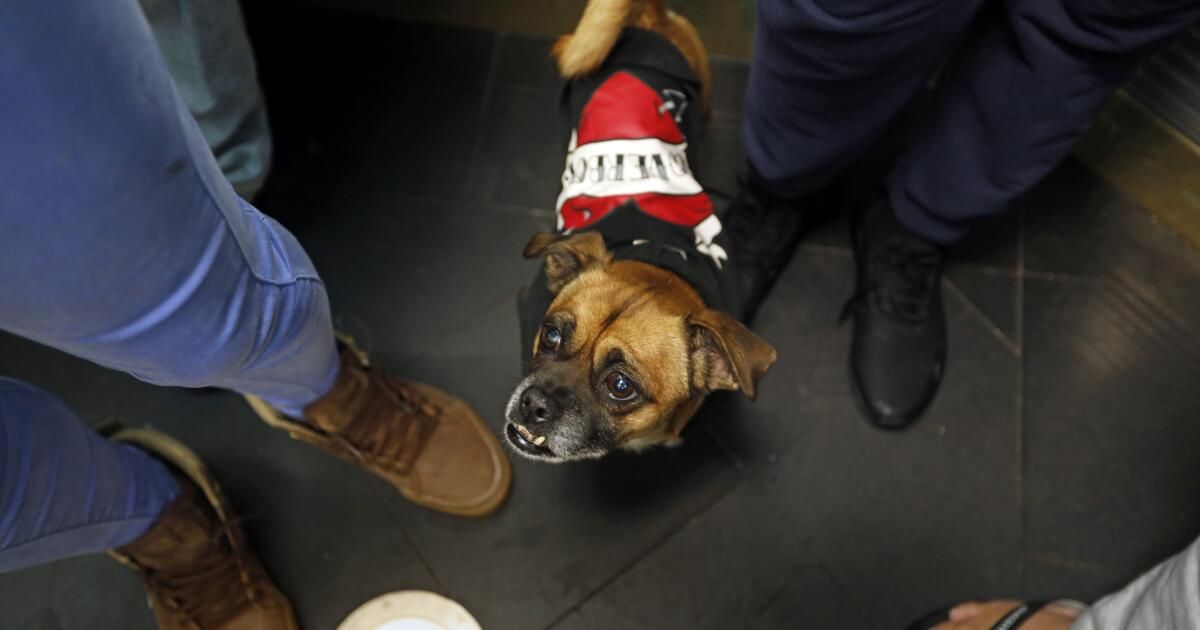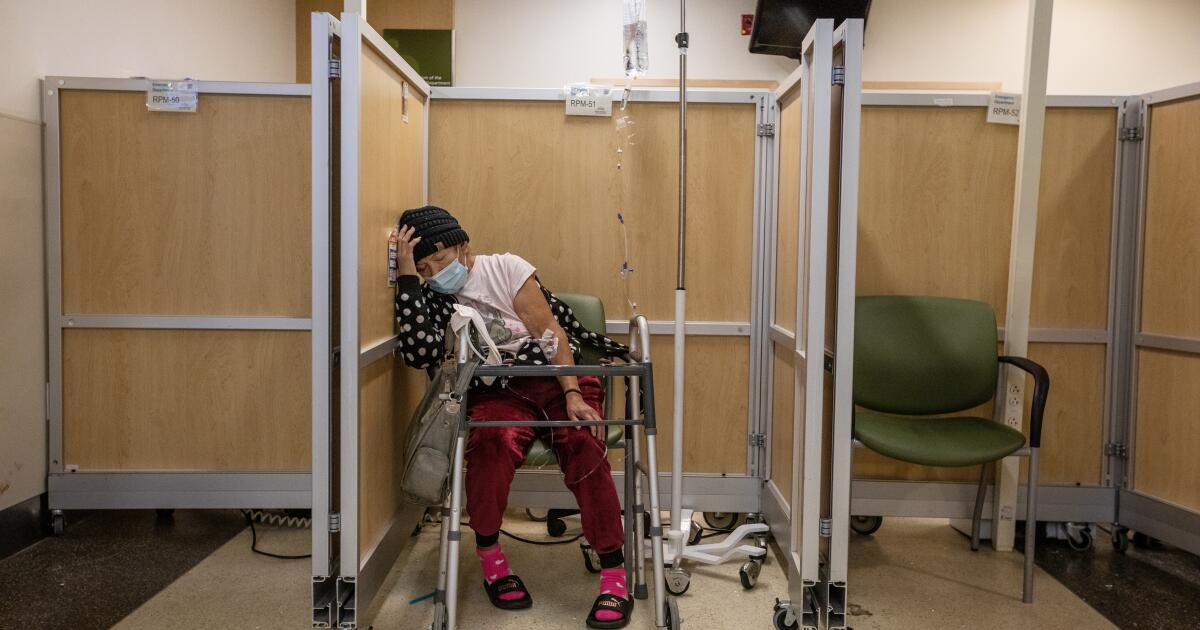In the typical animal rescue story, “before” images might show a sweet puppy with matted hair and haunted eyes abandoned in a bleak part of town; the “after” shows him frolicking happily in a posh suburban home, where a righteous rescuer has given him a new life. This quasi-religious parable of redemption has been the norm since the early days of the rescue-not-kill movement. Humane organizations love its emotional appeal, which incites participation and generates donations. Ordinary citizens love it, too, because it suggests that bad humans are to blame for the terrible fact that millions of pets are stuck in U.S. shelters while offering an immediate solution (Adopt, don’t shop!). And it gives us, the potential adopters, a chance to play the hero.
But what if that story is wrong? While researching and writing my book, “Rethinking Rescue,” I spent a lot of time with Lori Weise, the founder of Downtown Dog Rescue in Los Angeles, which has been helping pets and people in underserved and struggling communities in this city since the 1990s. And I learned what the typical narrative leaves out.
Some people are truly terrible to animals. They surrender them to shelters when they become a nuisance; they neglect them, exploit them, and mistreat them. But many, even most, of the dogs and cats roaming the streets or languishing behind shelter bars were not, as A well-known ASPCA advertisement suggestsbeaten or “locked in a cage and left to fend for themselves.” They were not victims of cruelty. Like other dregs of our society (children in foster care, incarcerated), these animals were far more likely to have started their lives in poverty.
Around 20 million American pets live in poverty with their The owners of these animals are millions upon millions more who live on the edge of poverty. The social class of their inhabitants affects the fate of these animals. When people cannot afford spay or neuter surgery, their pets disproportionately produce unwanted (and then abandoned) litters. If a pet gets loose and is taken to a shelter by animal control, its owner cannot take it home without paying a “rescue fee.” Some people who love their pets They cannot afford the cost of veterinary carethat has rose more than 60% in the last 10 years; If a pet becomes sick or injured, it is surrendered to the shelter, sometimes in the mistaken belief that an on-site veterinarian will treat it. Many pet owners are unable to find a veterinarian who can treat them. pet friendly rentals or pay additional deposits (often non-refundable) or “pet rental” — charges that It disproportionately affects low-income people and communities of color..
And these people's relationships with their pets affect what happens to them. them. Tenants are evicted when landlords suddenly establish or enforce “no pets” rules. Some pet owners who are homeless people remain on the streets if the alternative is a shelter that does not accept dogs or cats. Children are traumatized when their parents' financial difficulties separate them from their beloved pet.
The animals that fill the shelters They are less likely to have belonged to humans who abused or unloved them than to those who lacked education, information and, above all, money.
The conventional rescue narrative, repeated by activists who are mostly middle class or wealthy, renders these humans invisible, way stations on a pet’s path to a “better” home. Or it lumps them in with the real bad guys, whose animals are In other parts of the world, people are better off, and that fuels the contempt many Americans already feel for the less fortunate. It’s easy to say something like, “I’d sleep on the streets rather than give up my dog” when you’re not faced with that choice.
And in practice, this conventional narrative doesn't solve the problem that America has too many pets in too many shelters.
It is clear that human poverty is one of the leading causes of pet loss and abandonment. During the 2008 recession, shelters across the country reported that they were overwhelmed with ““a tide of displaced dogs and cats.” Similarly, in 2022, as COVID-19-19-child tax credits and some eviction protections expired as inflation soared, Surrender numbers explodedEven in good times, abandonment rates are consistently higher in disadvantaged neighbourhoods. Adoption alone cannot solve this problem.
Weise and Downtown Dog Rescue radically changed the equation. At a time when no one else was doing it, they helped homeless people treat, feed, spay and care for their pets. Downtown Dog Rescue offered a variety of services to low-income pet owners, such as community clinics that provided flea treatments, microchips and vaccinations. They distributed collars and leashes; they paid to rescue and license seized animals; they provided access to spay and neuter surgeries and vital veterinary care, including humane euthanasia. Those older and terminally ill pets “abandoned” in shelters often belonged to a family who didn’t know or couldn’t afford a better way to end the suffering.
A Downtown Dog Rescue counselor who works at a shelter with a high influx of animals asked families who were thinking about surrendering their pets, “What can I do to help you keep them?” Through compassion, understanding and tangible assistance, tens of thousands of at-risk animals made it out of overcrowded shelters and into the homes of the people who loved them.
The kinds of programs Weise started are more common today, but the old narrative has never lost its hold. It’s time to leave it behind. Powerful bonds exist between humans and animals across neighborhoods, races, ages, genders and classes. We can condemn abusers while also understanding that those whose only “crime” is being poor deserve help, not blame. The endless flow to shelters, Weise said nearly a decade ago, “is not a pet problem or a people problem, it’s a poverty problem.”
Carol Mithers lives in Los Angeles and cares for an aging and demanding rescue dog. Her latest book is “Rethinking Rescue: Dog Lady and the Story of America's Forgotten People and Pets.”












